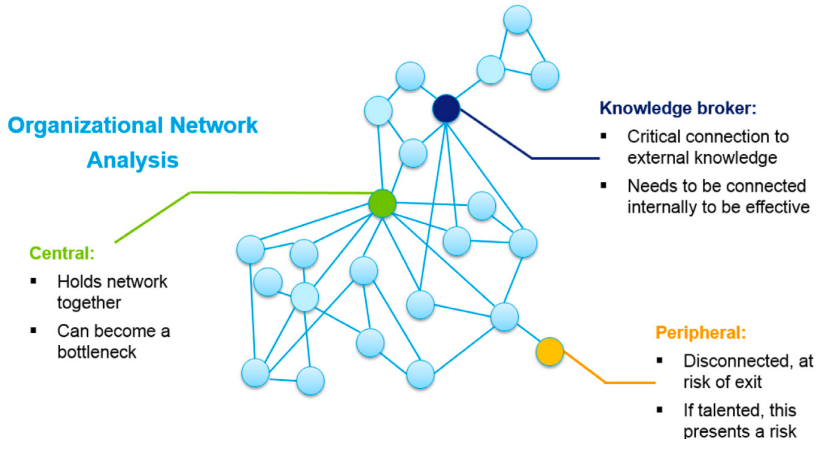Managing multiple engineering teams, whether they are internal, external, or a mix of both, necessitates clear strategies to tackle the complex challenges that arise.
Here are strategies you can implement using relatable scenarios and examples to enhance team interactions and increase productivity.
1.Streamline Communication with Advanced Tools
- Strategy: Explore communication software that incorporates AI features to assist in managing and organizing messages. Tools such as Clockwise or Reclaim enhance scheduling across various time zones and personal preferences, helping everyone identify optimal times for meetings and focused work.
- Tip: Consider implementing a bot in your communication platforms to automatically collect status updates from different tools and compile them into a single, clear report. This streamlines processes and ensures alignment among all parties with minimal effort.
- Benefits: Using these tools can decrease the time allocated to scheduling and meetings by as much as 30%, freeing up more time for essential development tasks.
2. Optimize Project Management Systems
- Strategy: Utilize the Critical Path Method (CPM) to efficiently manage schedules by concentrating on essential tasks that influence project timelines.
- Tip: Consider utilizing a project management tool that offers CPM features to clearly identify the tasks that are essential for completing the project on time. If the software deployment cannot proceed without security checks, CPM will prioritize this task, assisting the team in allocating resources more effectively.
- Benefits: Adoption of CPM can lead to a 20% improvement in project delivery times by pinpointing and prioritizing crucial tasks, minimizing delays.
3. Deepen Technical Integration
- Strategy: Encourage the implementation of thorough DevOps practices, such as automated testing, continuous integration and deployment, and infrastructure as code. These practices enhance collaboration between developers and operations teams, improving efficiency.
- Tip: Consider organizing regular hackathons or creative sprints to promote collaboration among team members from various groups on new projects beyond their typical responsibilities. This encourages skill sharing and strengthens team relationships.
- Benefits: DevOps practices can increase deployment frequencies by up to 200%, reduce new release crash rates by 22%, and lower lead time for changes by up to 50%.
4. Enhance Cross-Team Dependencies Management
- Strategy: Utilize tools such as Jira Advanced Roadmaps or Aha! to effectively track and manage dependencies across teams in a visible manner. This can assist in forecasting and addressing potential bottlenecks before they lead to problems.
- Tip: Hold regular meetings focused on reviewing dependencies where teams can discuss important deadlines and identify early any possible interferences or issues. Use these discussions to proactively adjust plans and resources.
- Benefits: Effective dependency management can decrease project overruns by up to 25% by pre-emptively addressing bottlenecks.
5. Promote Leadership Development
- Strategy: Create a leadership mentoring program where experienced engineers guide newer leaders. This helps develop leadership skills widely and prepares more team members for managing cross-team efforts.
- Tip: Start leadership training focused on multi-functional management skills, such as negotiation, strategic decision-making, emotional Intelligence and change management. Encourage seasoned team members to engage in online courses and share their learning with the teams.
- Benefits: Leadership development can enhance decision-making efficiency and confidence by 40% and increase retention rates among high performers by up to 30%.
6. Implement Continuous Feedback Mechanisms
- Strategy: Shift from traditional performance reviews to a continuous feedback model using platforms like Officevibe or Lattice. These tools support more regular and actionable feedback, keeping teams agile and aligned.
- Tip: Employ 360-degree feedback sessions where everyone can give and receive feedback from peers, supervisors, and subordinates. This feedback is crucial for personal growth and improving team dynamics.
- Benefits: Continuous feedback models can enhance individual productivity by up to 12% and improve team communication overhead by reducing misunderstandings and misalignments.
7. Recognize and Adapt to Team Dynamics
- Strategy: Utilize organizational network analysis (ONA) tools to chart and comprehend the informal networks present within your teams. This identifies the key influencers and illustrates the flow of information.
- Tip: Based on insights from ONA, consider changing team structures or meeting styles to better match natural communication and collaboration patterns. Adjusting team compositions or project roles can leverage team strengths more effectively.
- Benefits: Adapting to team dynamics can increase collaboration efficiency by 20% and boost overall project output by aligning team strengths and communication styles.
Conclusion
Adopting these practical strategies can lead to significant improvements in managing multiple engineering teams. By integrating smarter tools, fostering continuous improvement, and adapting to both team and technological dynamics, you can enhance productivity and ensure smoother project execution.
These enhancements are not just about keeping projects on track; they’re about building a more resilient, innovative, and collaborative engineering culture that can thrive in the fast-paced tech landscape of today. Implement these strategies to not only improve interactions and productivity across your teams but also to empower them to lead and innovate in an increasingly complex industry.
Ready to see the difference Skywalk Innovations can make?
Contact us today to schedule a consultation and discover how we can drive your growth, enhance customer loyalty, and optimize your operations.

